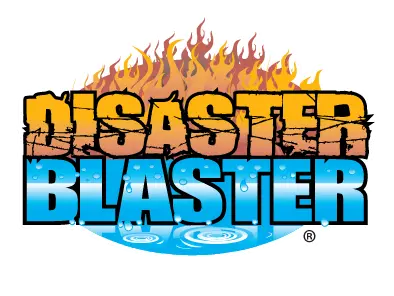Transcript
- Why does Radon get worse in the winter? As we wrap up National Radon Action Month this year, it's likely that you may have been encouraged to test your home or business for Radon. In fact, the EPA actually recommends testing our homes for Radon every two years as Radon levels can fluctuate or change over time, and since you can't see, taste, or smell Radon gas, you may not even know you have a Radon problem without specialized Radon testing. What many people don't realize, however, is that the time of year that you tested your home for Radon can actually impact the Radon level. So if your home was tested on a warm day in summer, for instance, your Radon level could be higher during the winter months. In fact, this is very common, but why is that? Why do Radon levels tend to go up in the winter? Here are a few seasonal changes that could impact your Radon level: Strong Winds - if it's particularly windy on the day that you tested your home for Radon. This can impact your Radon level in unpredictable ways. If the home is particularly drafty, for instance, this could actually reduce your Radon level during the test period. Alternatively, high winds can also create a chimney effect inside your home that pulls Radon gas in through the foundation, increasing your Radon level. Freezing Temperatures - When the ground freezes, it can affect the path that Radon follows to the surface, potentially increasing the rate that radon gas is entering your home. Ice and Snow - Similar to freezing temperatures, snow and ice accumulation on the ground can also affect the path Radon gas normally takes to the surface, making your basement the path of lease resistance. Turning on the Heat - Most people don't think about this, but when your heating system is running, it is circulating air around your house. If Radon gas is in that air, you could see an increase in your Radon levels in other areas of the home that your heating. In addition, your heating system running could create a chimney effect in your basement that pulls more Radon gas in, increasing the amount of Radon gas that could be circulating through your home. We hope this was helpful information about why Radon levels often increase during the winter. If you have any questions that we did not address, please feel free to ask them in the comments. Would you like to take control of your future and build a business you can be proud of? We can help. As a Disaster Blaster Franchise Partner, our industry experts will help you unlock the potential of the $210 billion restoration industry. Disaster Blaster offers the most revenue streams in the restoration industry, training and support from industry experts, a unique model primed for your success, and more! Call our franchise team today to learn more at 242-1042 or visit us on the web at www.DisasterBlasterFranchise.com. Thanks so much for watching. Don't forget to like and subscribe, and while you're here, check out our other great content.



